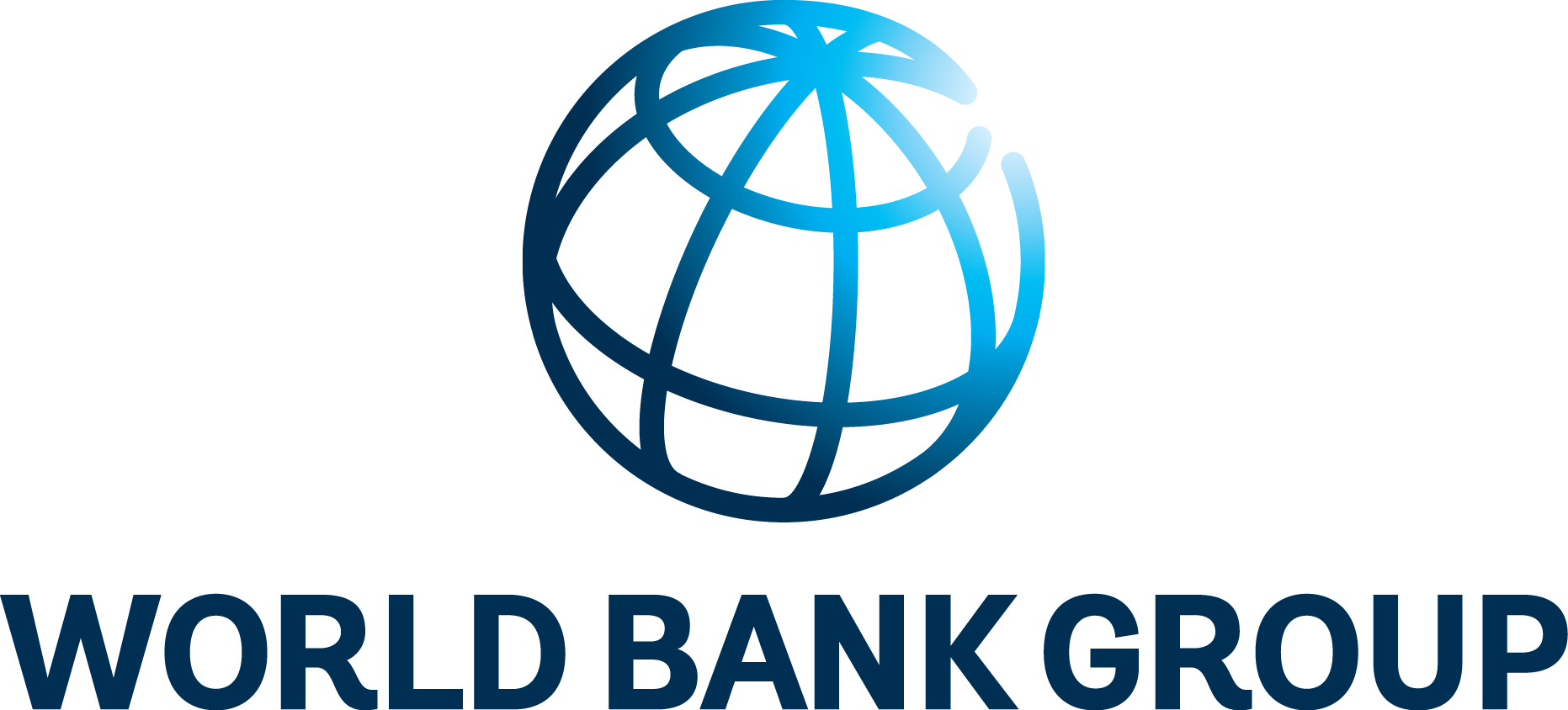The World Bank is a vital source of financial and technical assistance to developing countries around the world. We are not a bank in the ordinary sense but a unique partnership to reduce poverty and support development. The World Bank Group has two ambitious goals: End extreme poverty within a generation and boost shared prosperity.
- To end extreme poverty, the Bank's goal is to decrease the percentage of people living on less than $1.25 a day to no more than 3% by 2030.
- To promote shared prosperity, the goal is to promote income growth of the bottom 40% of the population in each country.
The World Bank Group comprises five institutions managed by their member countries.
The World Bank Group and Land: Working to protect the rights of existing land users and to help secure benefits for smallholder farmers
The World Bank (IBRD and IDA) interacts primarily with governments to increase agricultural productivity, strengthen land tenure policies and improve land governance. More than 90% of the World Bank’s agriculture portfolio focuses on the productivity and access to markets by small holder farmers. Ten percent of our projects focus on the governance of land tenure.
Similarly, investments by the International Finance Corporation (IFC), the World Bank Group’s private sector arm, including those in larger scale enterprises, overwhelmingly support smallholder farmers through improved access to finance, inputs and markets, and as direct suppliers. IFC invests in environmentally and socially sustainable private enterprises in all parts of the value chain (inputs such as irrigation and fertilizers, primary production, processing, transport and storage, traders, and risk management facilities including weather/crop insurance, warehouse financing, etc
For more information, visit the World Bank Group and land and food security (https://www.worldbank.org/en/topic/agriculture/brief/land-and-food-security1
Resources
Displaying 1671 - 1675 of 4907Hunting of Wildlife in Tropical Forests : Implications for Biodiversity and Forest Peoples
The study addresses the importance of
wildlife to people, and as a resource of nutritional,
economic, and socio-cultural values, and examines the
complexities of hunting in tropical forests. It also
expresses that today, such hunting is rarely sustainable,
because of declining forest areas, which decreases wildlife
populations; because of changes among human populations in
the tropical forests, who have increasingly become more
Targeted Transfers in Poor Countries : Revisiting the Tradeoffs and Policy Options
Two tradeoffs have been widely seen to
severely constrain the scope for attacking poverty using
redistributive transfers in poor countries: an
equity-efficiency tradeoff and an insurance-efficiency
tradeoff. The author provides a critical overview of recent
theoretical and empirical work that has called into question
the extent of these tradeoffs in poor countries. He argues
that these aggregate tradeoffs are often exaggerated.
Information-Based Instruments for Improved Urban Management
The task of urban managers is to ensure the provision of basic urban services, such as water, waste removal, security, transport, and an environment conducive to economic activity, while maintaining fiscal sustainability of city operations. City managers in developing countries face increasing pressure in achieving these goals because of rapid urbanization, the larger responsibilities following decentralization, and the economic challenges of globalization.
Biodiversity Conservation in the Context of Tropical Forest Management
This paper disaggregates the term
"biodiversity" into components (landscapes,
ecosystems, communities, species/populations, and genes) and
attributes (structure, composition, and function). It then
disaggrgates "logging" by detailing the vast range
of activities subsumed under the term including variation of
logging intensities, logging methods, collateral damage, and
silvicultural approaches. Using the richness present in both
The Impact of Urban Spatial Structure on Travel Demand in the United States
The authors combine measures of urban
form and public transit supply for 114 urbanized areas with
the 1990 Nationwide Personal Transportation Survey to
address two questions: (1) How do measures of urban form,
including city shape, road density, the spatial distribution
of population, and jobs-housing balance affect the annual
miles driven and commute mode choices of U.S. households?
(2) How does the supply of public transportation (annual






